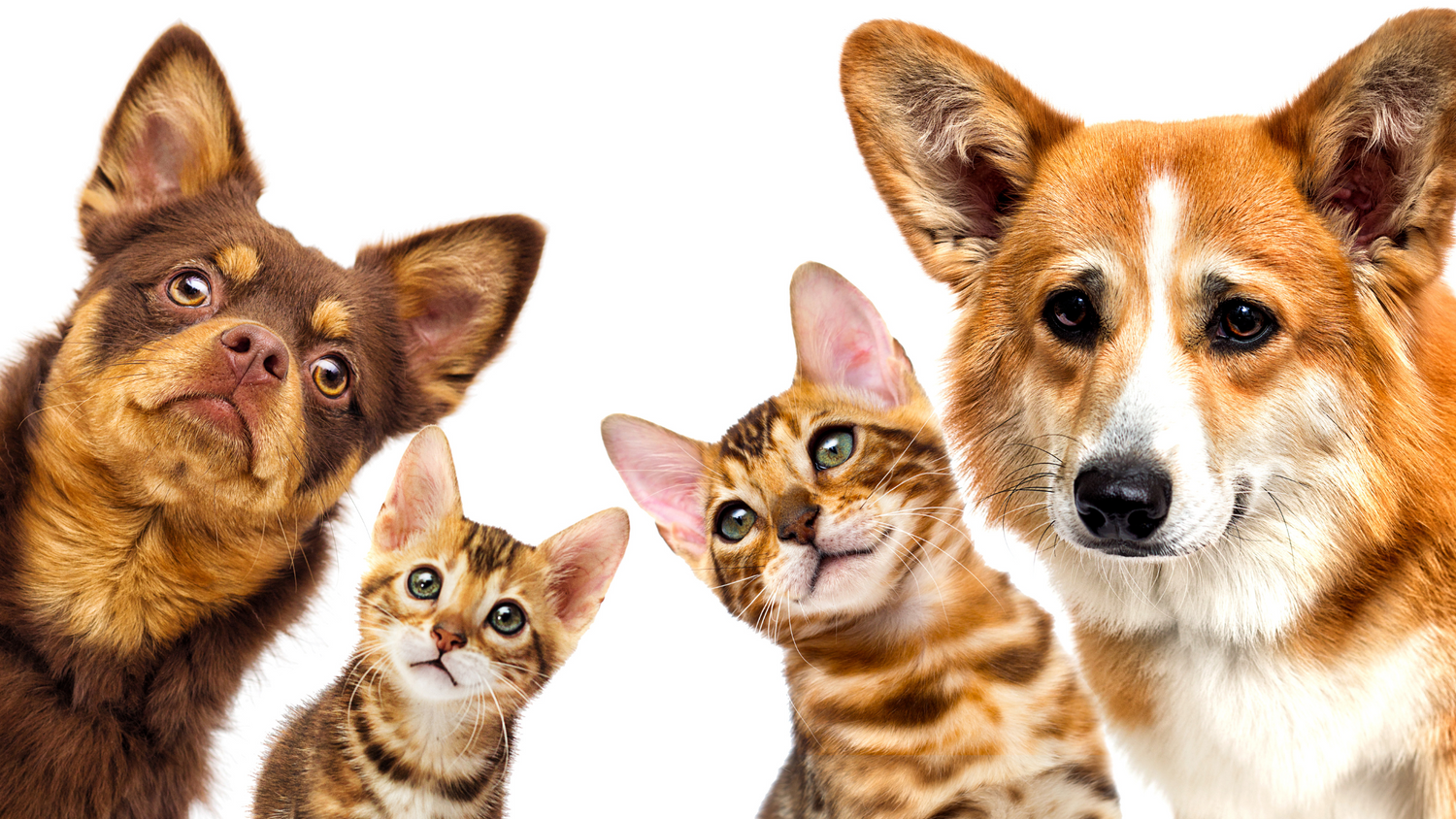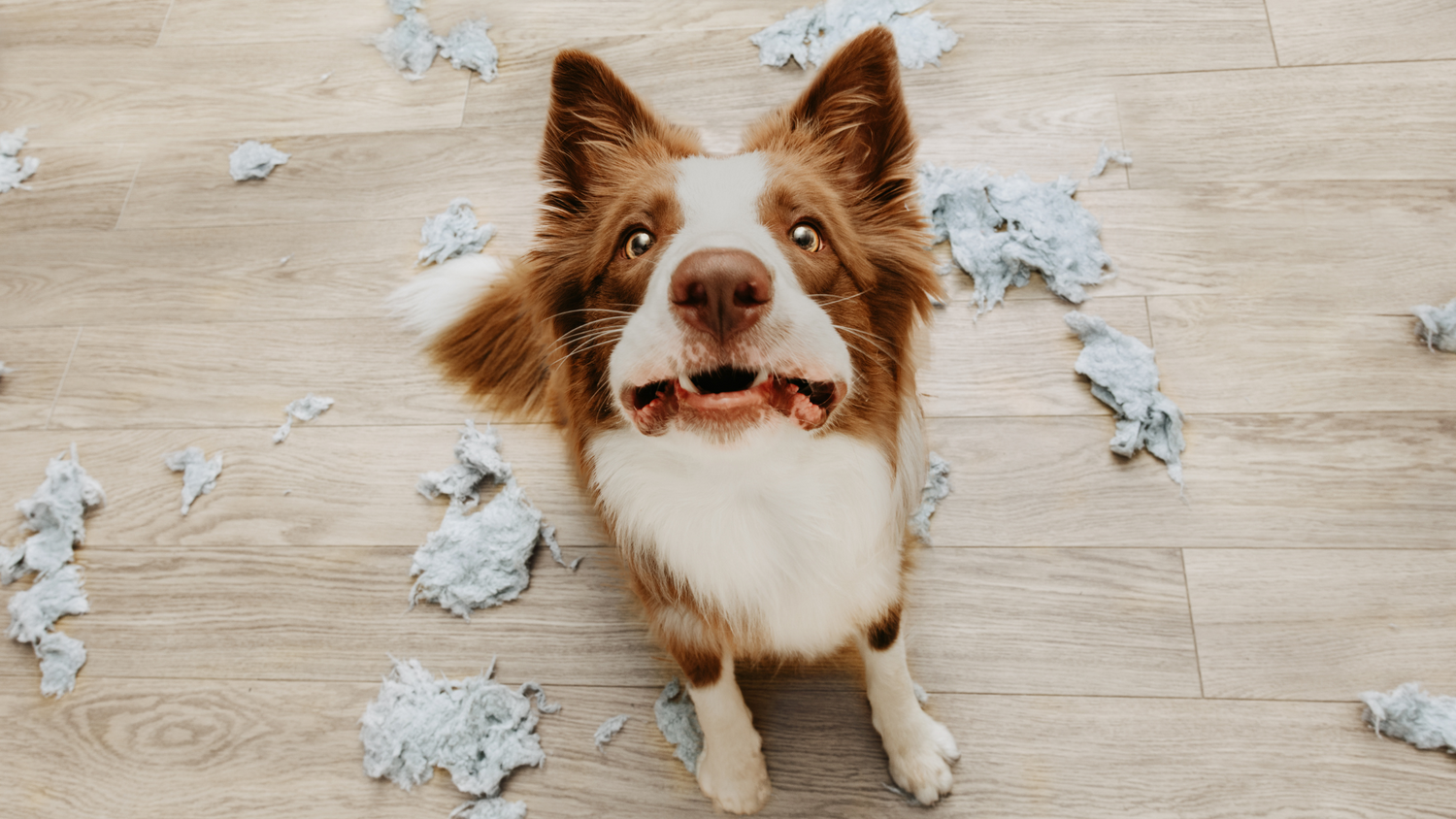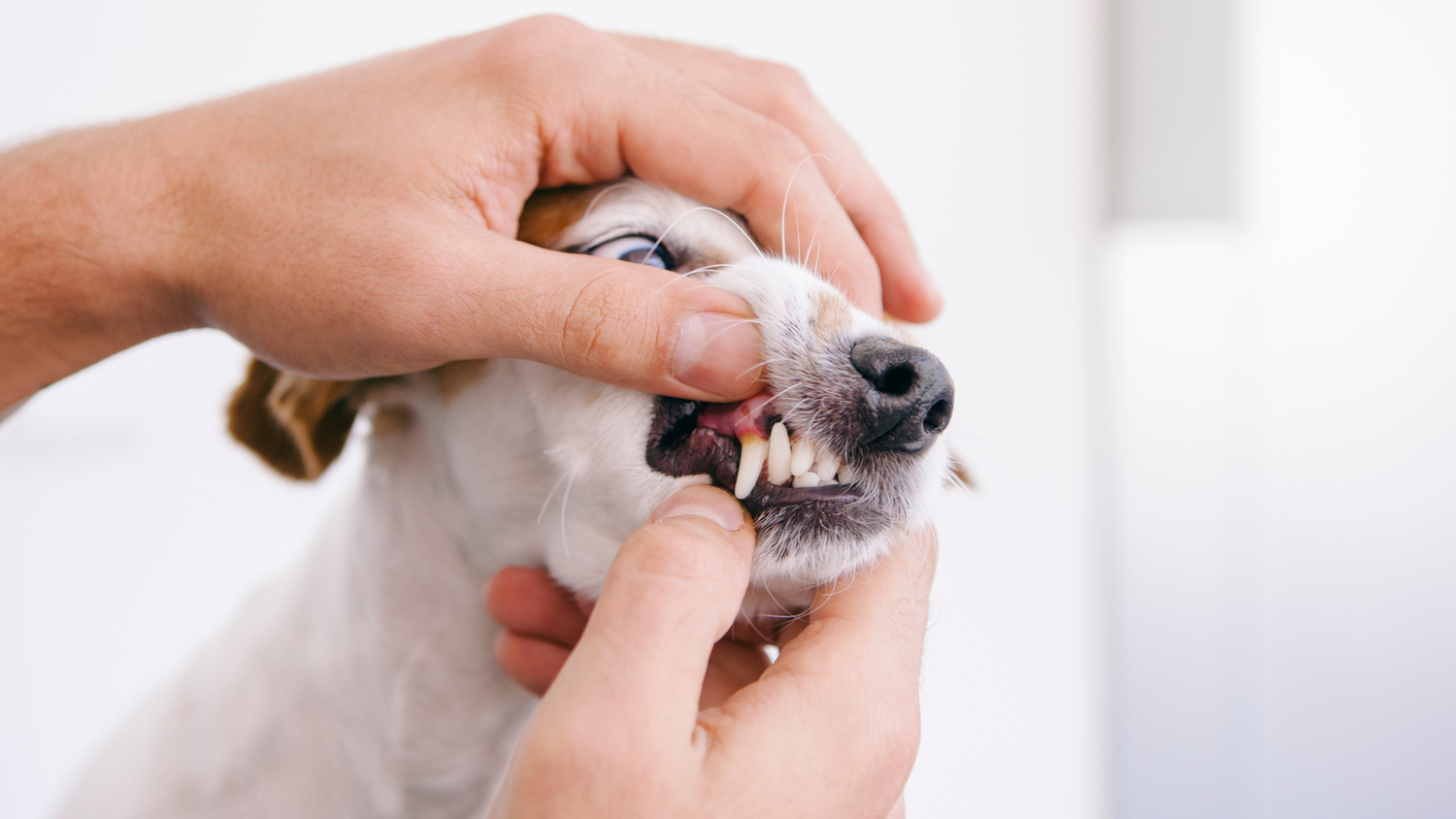Do you often find your dog pacing and panting? Does your dog never seem to run out of energy and is impossible to settle down? Your dog may have anxiety. Here’s what you can do about it.
What Is Dog Anxiety?
Anxiety in dogs is just the same as experienced by humans. It’s the anticipation of unknown or imagined future dangers. This results in physiologic reactions that are normally associated with fear.
Dogs can get anxiety for several reasons and the severity can vary from mild to severe. Some triggers can include fireworks, separation, other pets, car rides, vet visits and more.
What Are The Symptoms of Dog Anxiety?
These are some common symptoms of dog anxiety:- Aggression
- Urinating or defecating in the house
- Drooling
- Panting
- Destructive behavior
- Depression
- Excessive barking
- Pacing
- Restlessness
- Repetitive or compulsive behaviors
What Are Some Ways I Can Help Avoid Anxiety-related Issues?
Body language - Dogs use body language to communicate to their owners when they are stressed. An anxious dog may display body language similar to a fearful dog. He may pant excessively, lick his lips, yawn, and have a slightly lowered body stance with ears slightly back. Knowing how to read your dog’s body language will help you avoid negative experiences or use them as a positive training moment.
Training - Obedience training is key in preventing and managing anxiety by laying the foundation of a healthy and trusting relationship. Obedience classes, such as a puppy preschool, are great places for dogs to socialise in a controlled environment.
Socialising - Introducing your dog to new people, dogs, experiences and other animals can help your dog become a well-adjusted canine citizen.
Natural Therapies
Natural over the counter therapies are becoming huge in the pet industry! These treats, sprays, supplements and more contain natural ingredients such as calming pheromones, lavender, tryptophan, and L-Theanine to help ease anxiety. These natural therapies can be used on their own for milder cases of dog anxiety, or used in conjunction with medications and training therapy.Massage
Most dogs LOVE getting massages! Anxiety often causes tensing of the muscles and massage therapy is one way to alleviate tension. Start at the neck and work downward with long strokes. Try to keep one hand on the dog, while the other works to massage. Over time you may even be able to identify where your dog holds its stress and just work on that one particular area.Important note: Allow your dog to decide when the massage is over. If your pet isn’t used to touch, they may want to walk away after a few seconds or minutes. You need to slowly introduce your pet and allow them time to learn to enjoy massages. Now if your dog can’t get enough, end the massage when your dog has relaxed.
Musical Therapy
Research suggests that certain music such as classical music has a calming effect on pets with anxiety issues, separation anxiety and noise phobias. You might want to play some music while at home, in the car, or when your pet is alone. If your dog’s anxiety is triggered by noises, music can also alleviate noise sensitivity by blocking “scary” noises such as outside traffic.Diet and Fatty Acids
New research into food and diet changes has found some interesting ways to naturally reduce anxiety in dogs. If your dog suffers from anxiety, he or she may benefit from introducing omega-3 fatty acids to their diet.
Studies of 24 Labrador Retrievers in 2016 have suggested that omega-3 fatty acids may be the key to reducing dog anxiety by reducing cortisol levels and lowering heart rate in situations designed to induce anxiety. This study also showed omega-3 also acted on the same pathways that many anxiety reducing drugs use. This is great news for pet owners looking for an effective and natural alternative to reducing their dog’s anxiety with little to not side effects!

Including omega-3 into your dog’s diet is easy with Pet Drs Mega Oil - a supreme blend of Omega 3,6 & 9 oils that are mixed with only the finest ingredients. Not only will this oil reduce anxiety, it will also naturally enhance your pet’s health targeting specifically their coats, skin, joints, digestion as well as heart and brain support. Unlike our competitors, Mega oil doesn’t contain copious amounts of cod liver oil, soya bean or canola oil. Instead, Pet Drs prefers the natural goodness of Omega 3,6 and 9.





